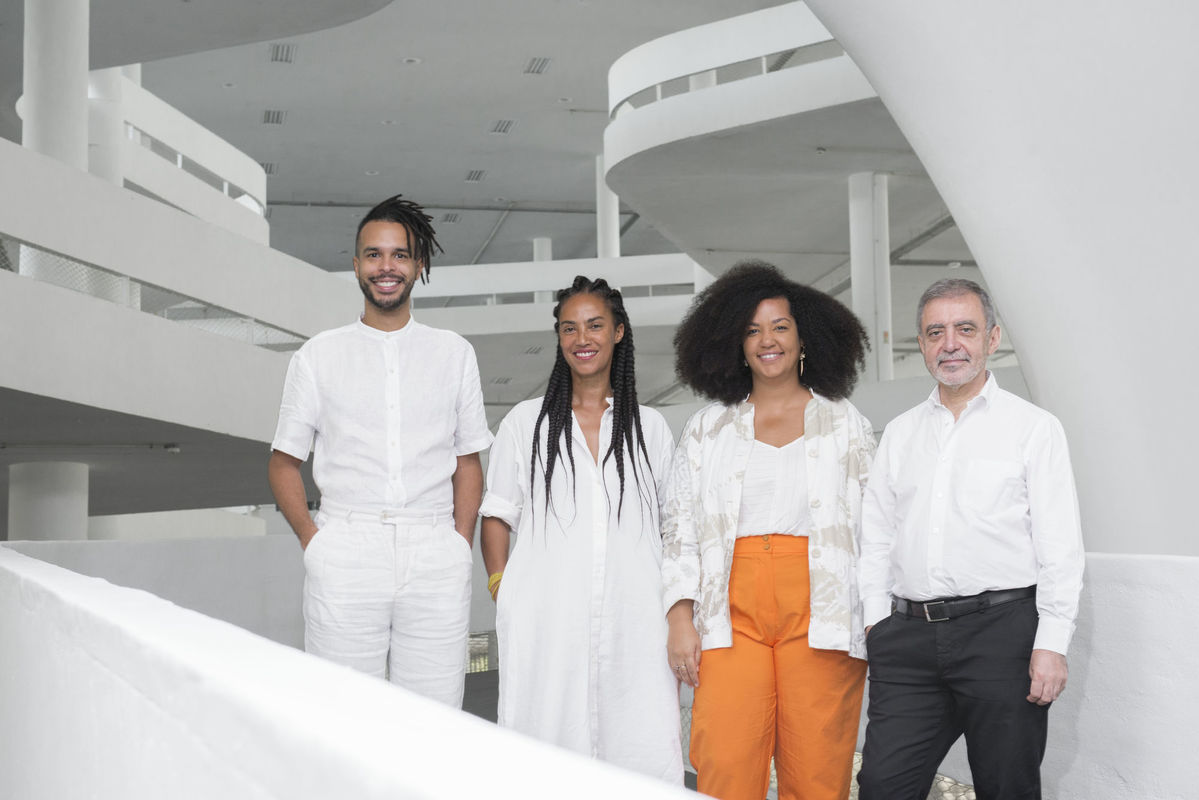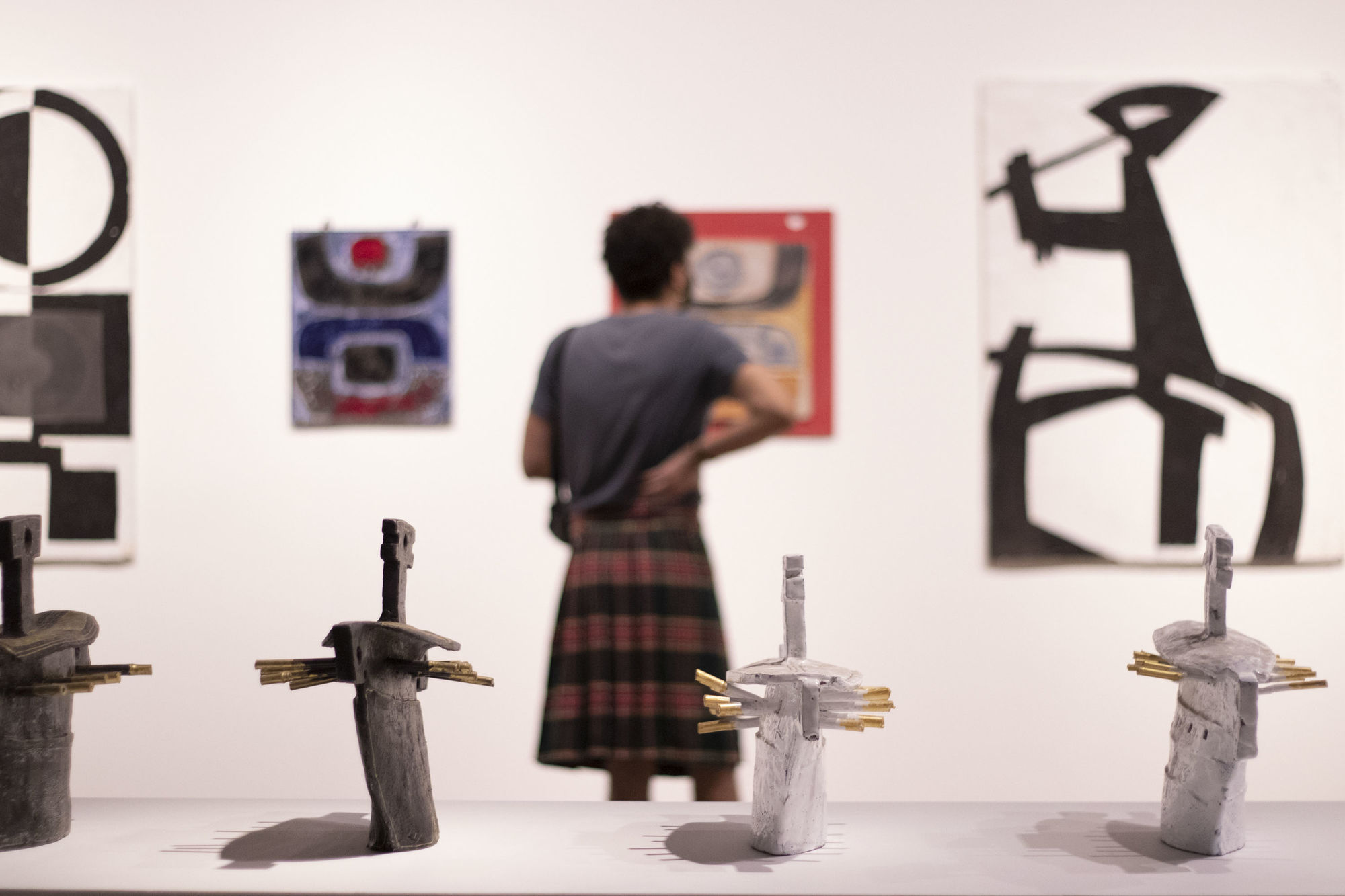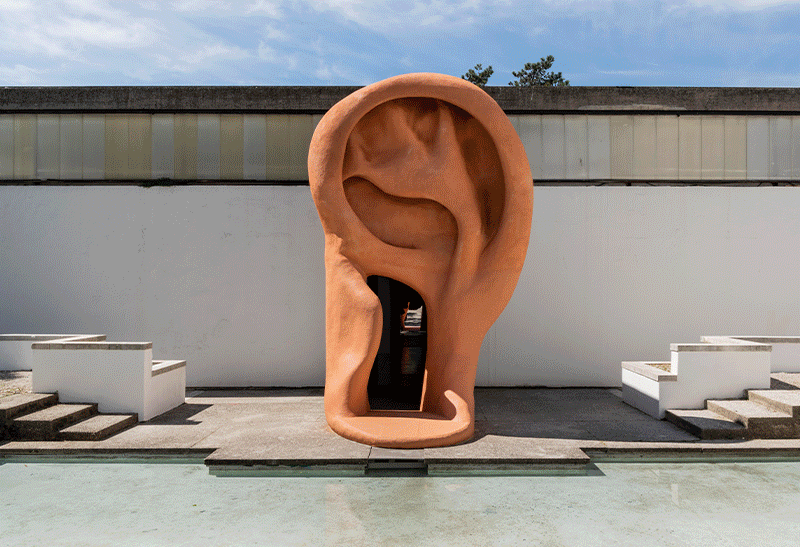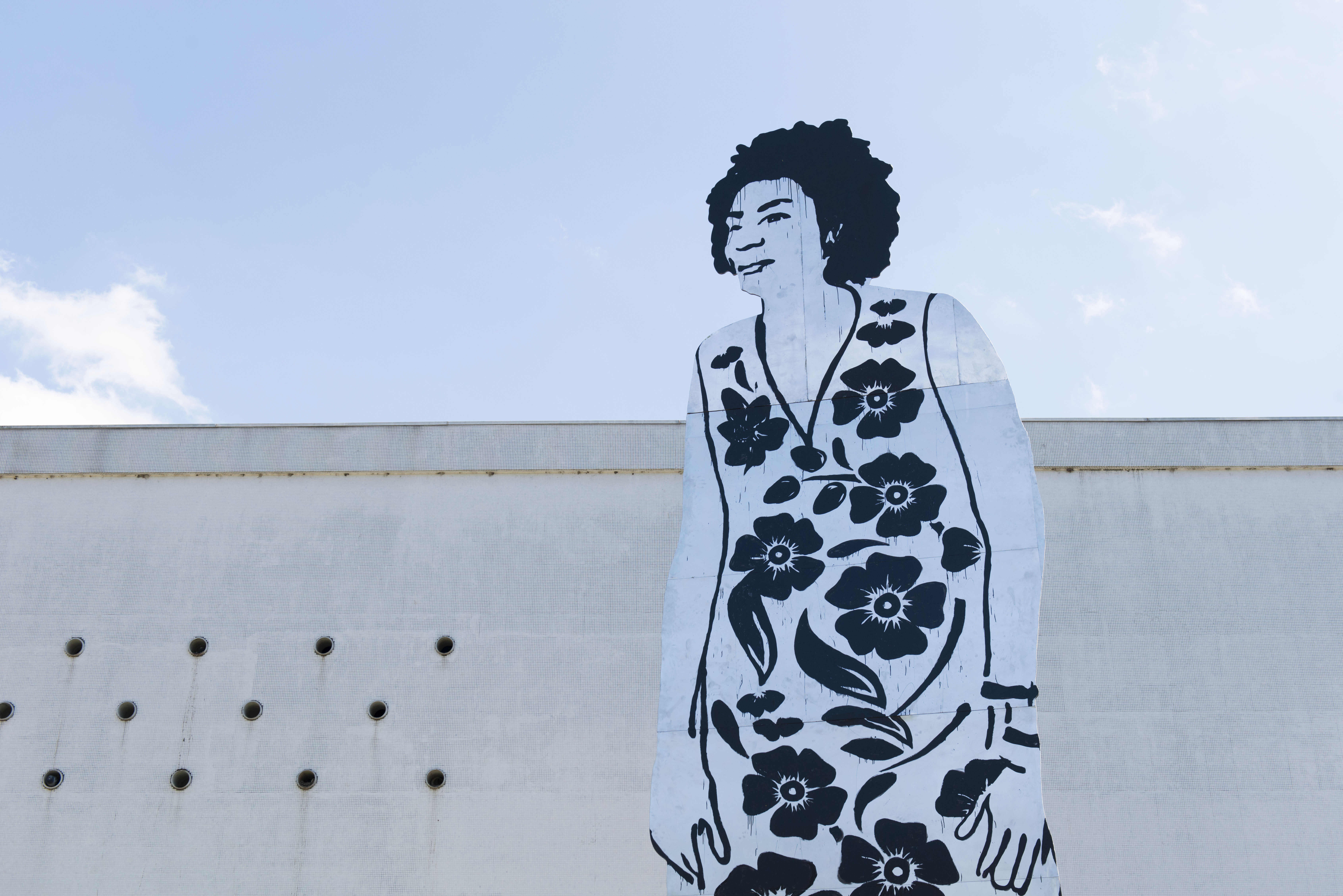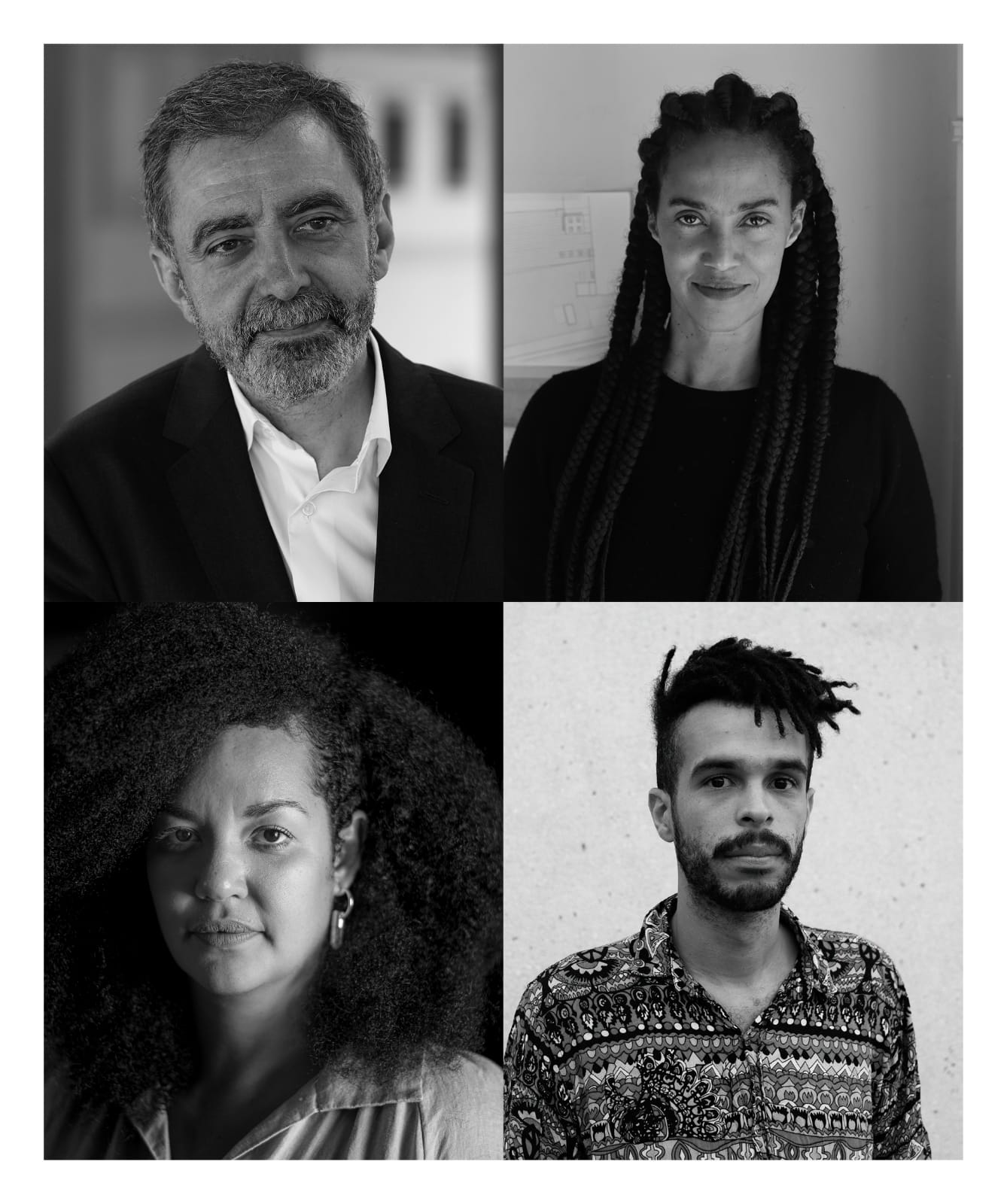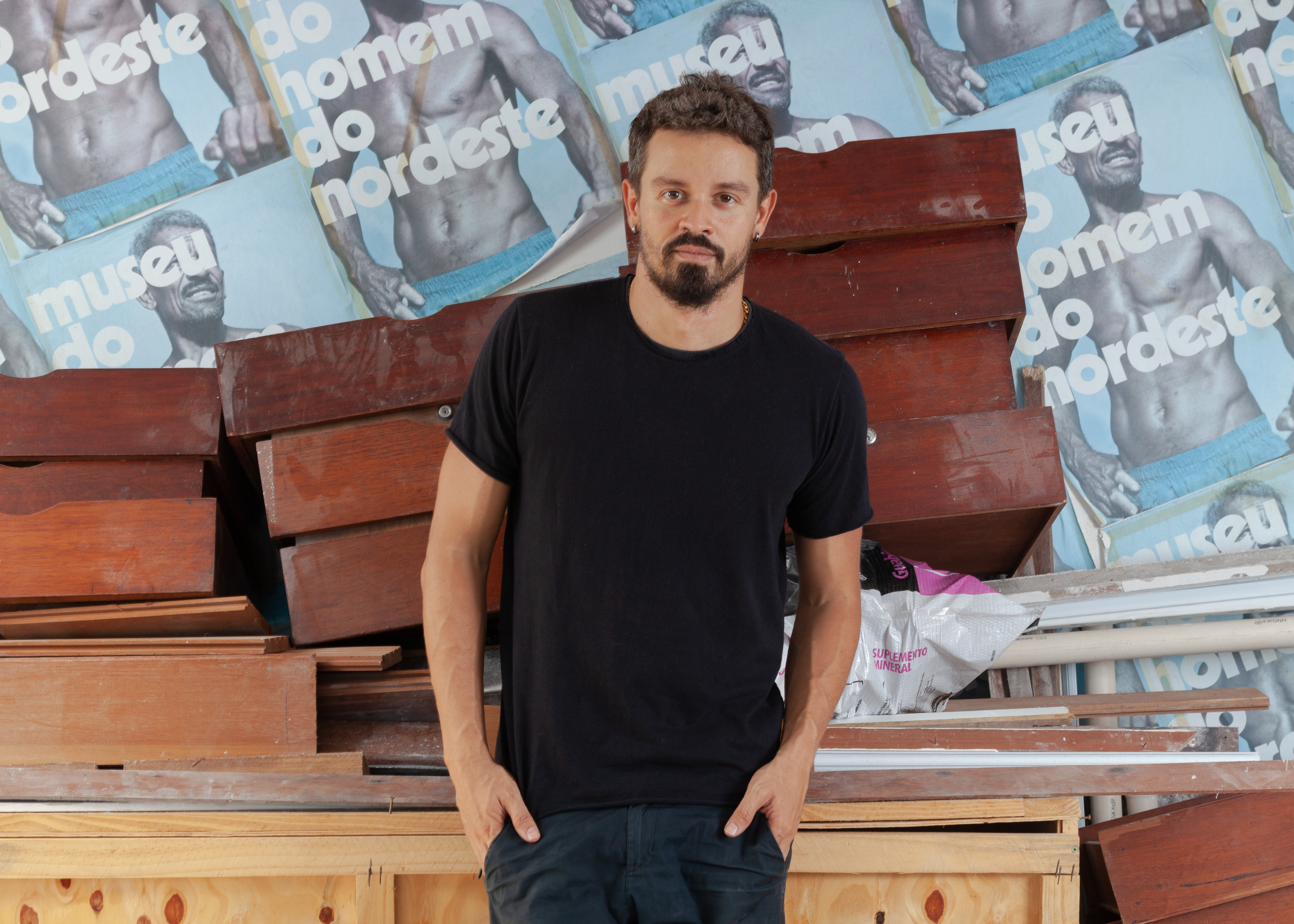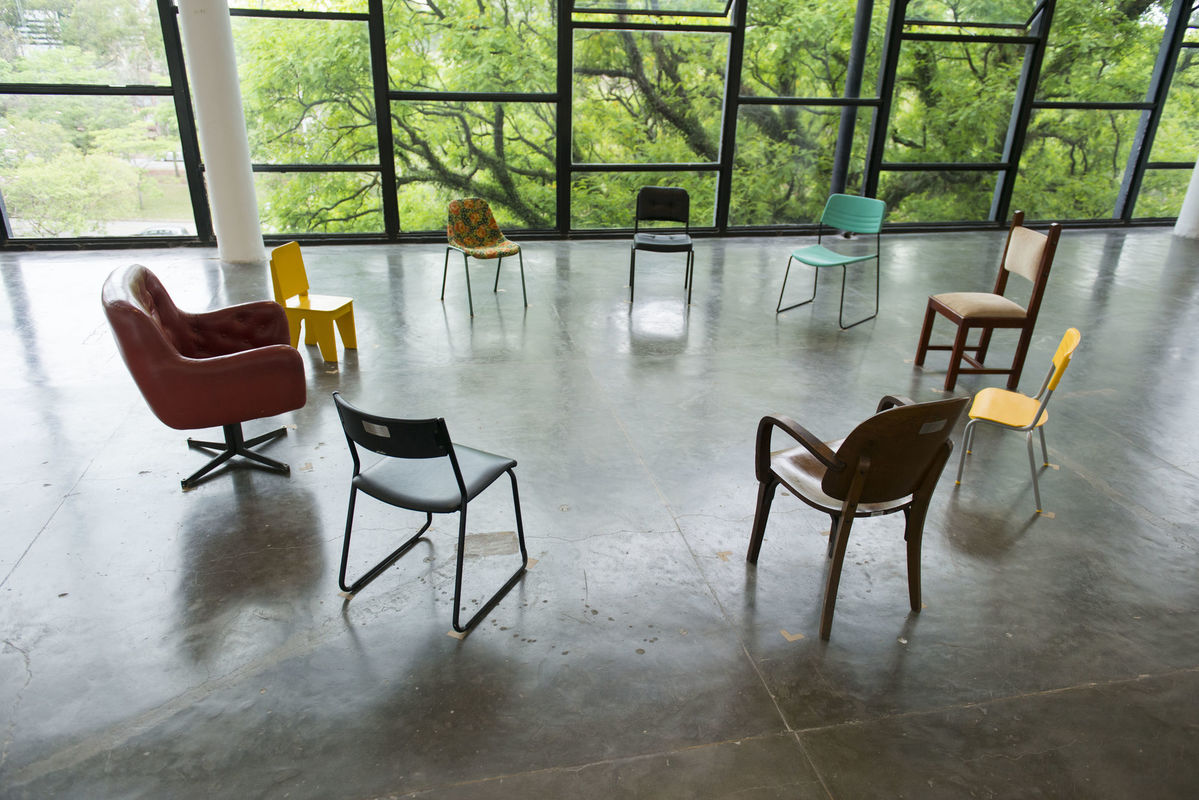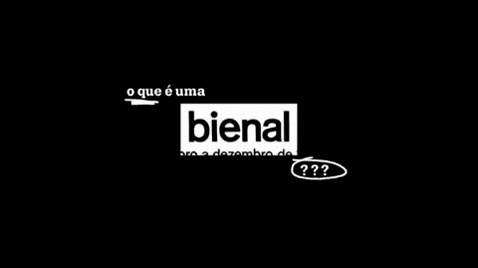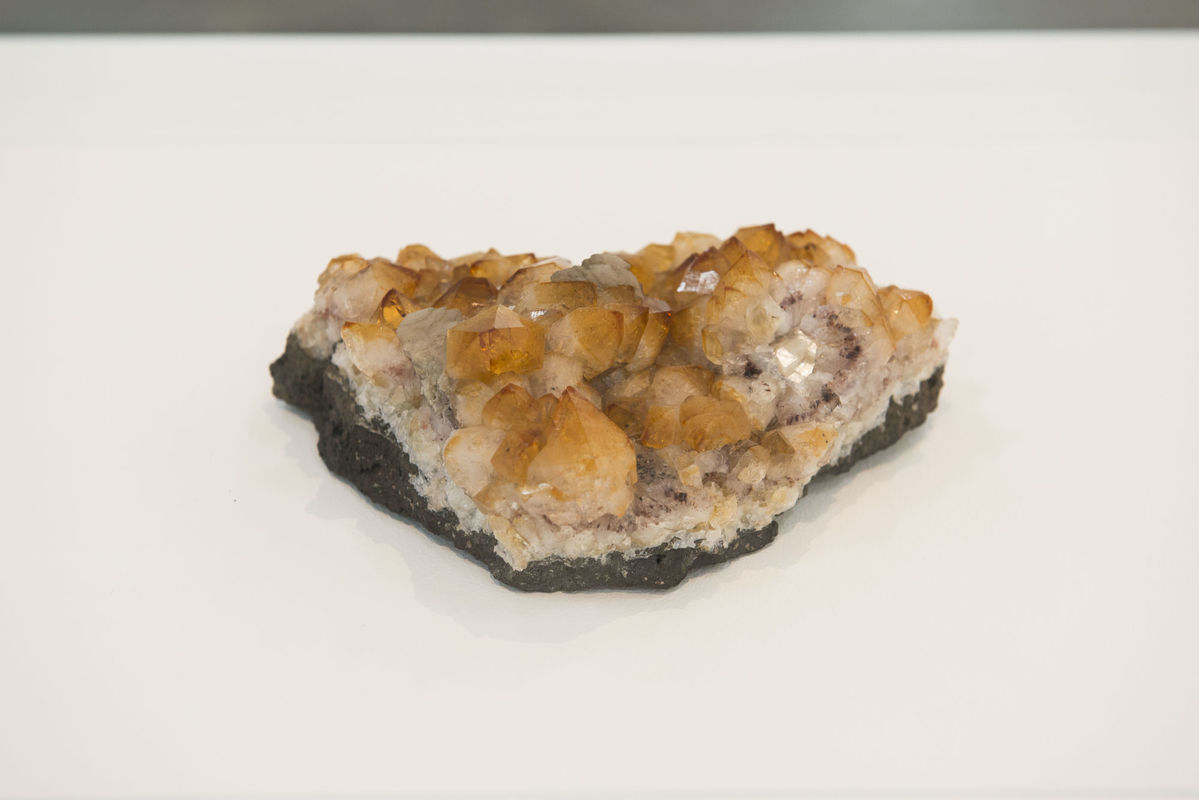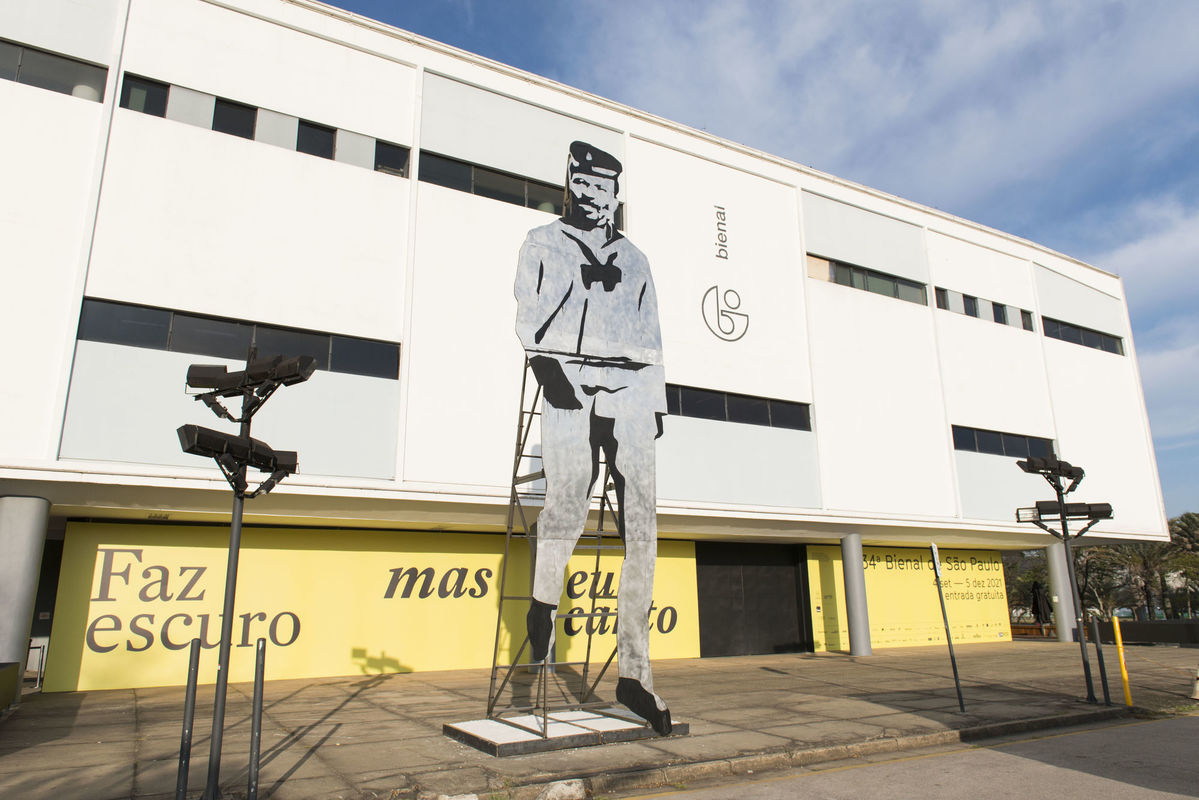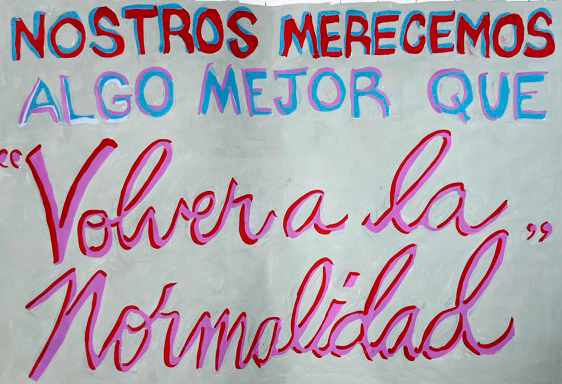
Throughout 2020, through letters like this, the curatorial team of the 34th Bienal de São Paulo will make the reflections on the exhibition's construction public. This first letter was written by Carla Zaccagnini.
I read in a book about the history of landscape painting that Petrarch was the first modern man, for having been a pioneer in climbing a mountain for the pleasure of going up or to see the world from above and a more distant horizon. Or for knowing what the world would look like without him, separated from him, like a space in which this man is not inserted, in which he does not participate. There actually seems to be a certain coincidence between the invention of the modern era and this elevated or distant vantage point. The objective point of view, as it is preferably known, because everything that is not the modern man thus becomes an object. We moved from the Cathedral tower, which stretches up in search of the sky, to the castle tower, where the king goes up to say to his firstborn: “One day, my son, all of this will be yours, as far as the eye can see.”
It was the modern man who developed perspective in painting, invented the hot-air balloon and built belvederes (from the Italian bel [beautiful] + vedere [to see]). As though it were beautiful to see the world from afar, to see things smaller than what they are when we are together with them. As though it were beautiful to see that everything gets smaller in this subject’s sight, and thus miniaturized is presented to him as a sort of sample. It is this subject position which authorizes man to write encyclopedias and to found museums.
It is curious that the peoples of the jungles have never sought to construct scenic outlooks (nor, therefore, museums). Or perhaps it isn’t. From above, the forest looks like nothing more than a sea of green. The sea being understood here as it is seen from a ship, of course: a continuous, nearly solid mass, unlike how it is close up. The jungle is the opposite of the panoramic view, of the gaze in perspective. In the jungle everything is seen from up close and everything is interweaved. The crowns of the trees blend together, the leaves of one hiding the leaves of the other, hiding the leaves of the first. And what happens under our feet repeats the things up high – the leaves that fall cover the other leaves, which cover other leaves, which cover still others. Tree trunks, branches, vines, snakes and foliage. Everywhere. There is no vantage point for looking at the jungle as it would be without us. There is no conceivable panorama, there is no belvedere. It is not possible to miniaturize the jungle and present it. Nor is it possible to trace out the path to follow. The path is made by opening the undergrowth with a machete, just as far as the body can reach, with the strength of both arms, from one step to another.
In his written report, Pero Vaz de Caminha blamed it on the waves: the ceaseless roar of the breakers prevented any understanding between the maritime voyagers and the inhabitants of the land. If that morning had been calm, history would have been different. Oswald de Andrade wrote that the happenstance was the rain, that it was stormy weather that convinced naked people to begin to wear clothes. If it had been a sunny day, history would have been different. Perhaps the fault was that the meeting took place on the beach. The time that passed between the cry of “Land ahoy!” and the disembarking onto the sand. The time that passed between the moment the ship’s sails poked up on the horizon and the disembarking on the sand. Perhaps the problem was the height of the crow’s-nest and the same gaze from afar, the conclusions that were being spun while looking at the sea from above and the land up ahead, while the smallness of the human outlines on the beach enlarged in the spyglass seemed to fit in the palm of the hand.
If the encounter had taken place in the jungle, each would have been breathing on the back of the neck of those stepping on their heels, everyone in front of someone else’s nose. Tree trunks, branches, vines, bodies and foliage. All on every side. And each one only sees the other little by little, half-covered, half-hidden, and only when it is very late and they are very near, when breathing the same air, warmed by the other’s lungs. If the meeting had been in the jungle, history would have been different.
Image: Poramtim do Bom Socorro, 2017. Barreirinha, Amazonas. House of Thiago de Mello – Project by Lucio Costa. Photo: Valdir Cruz
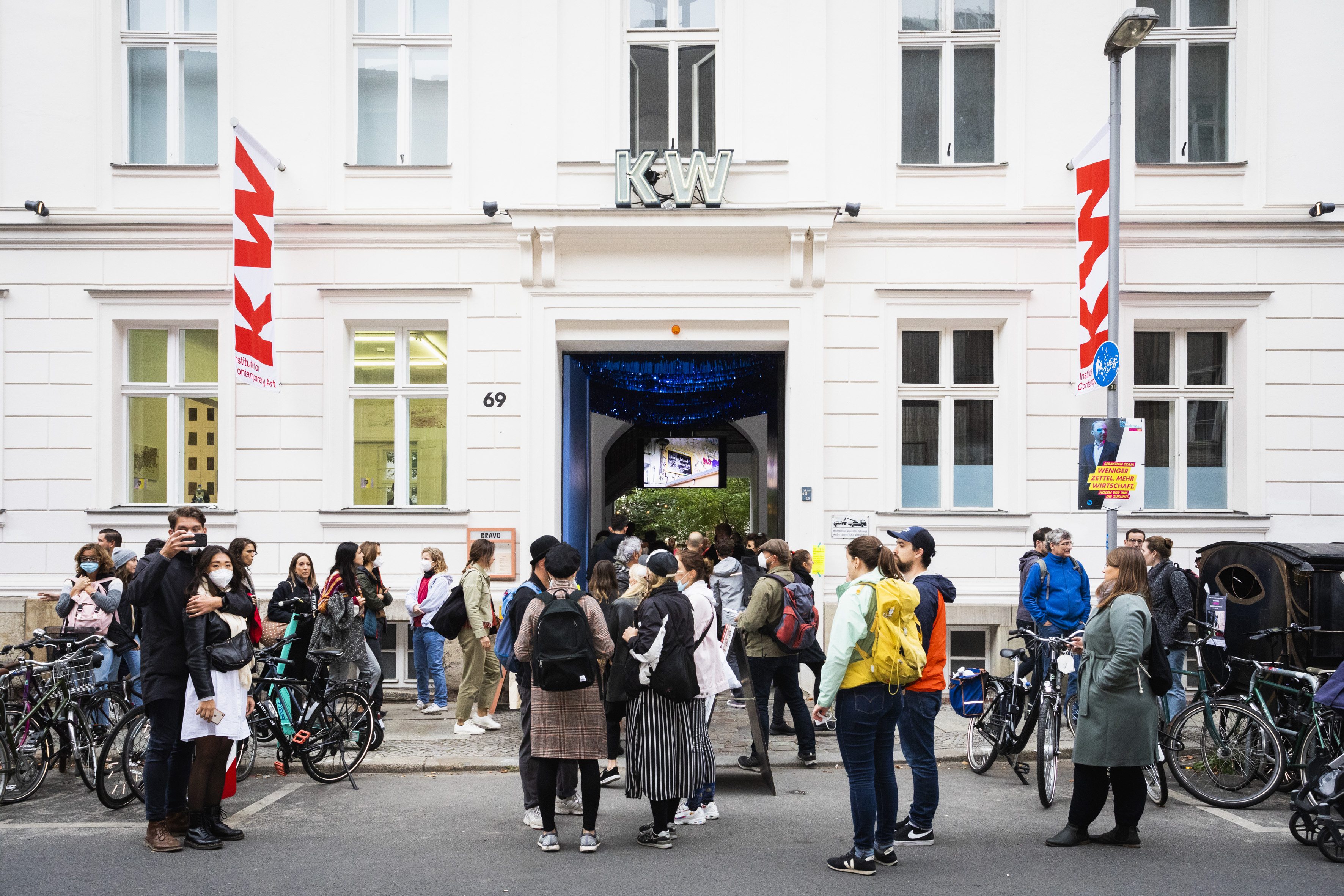

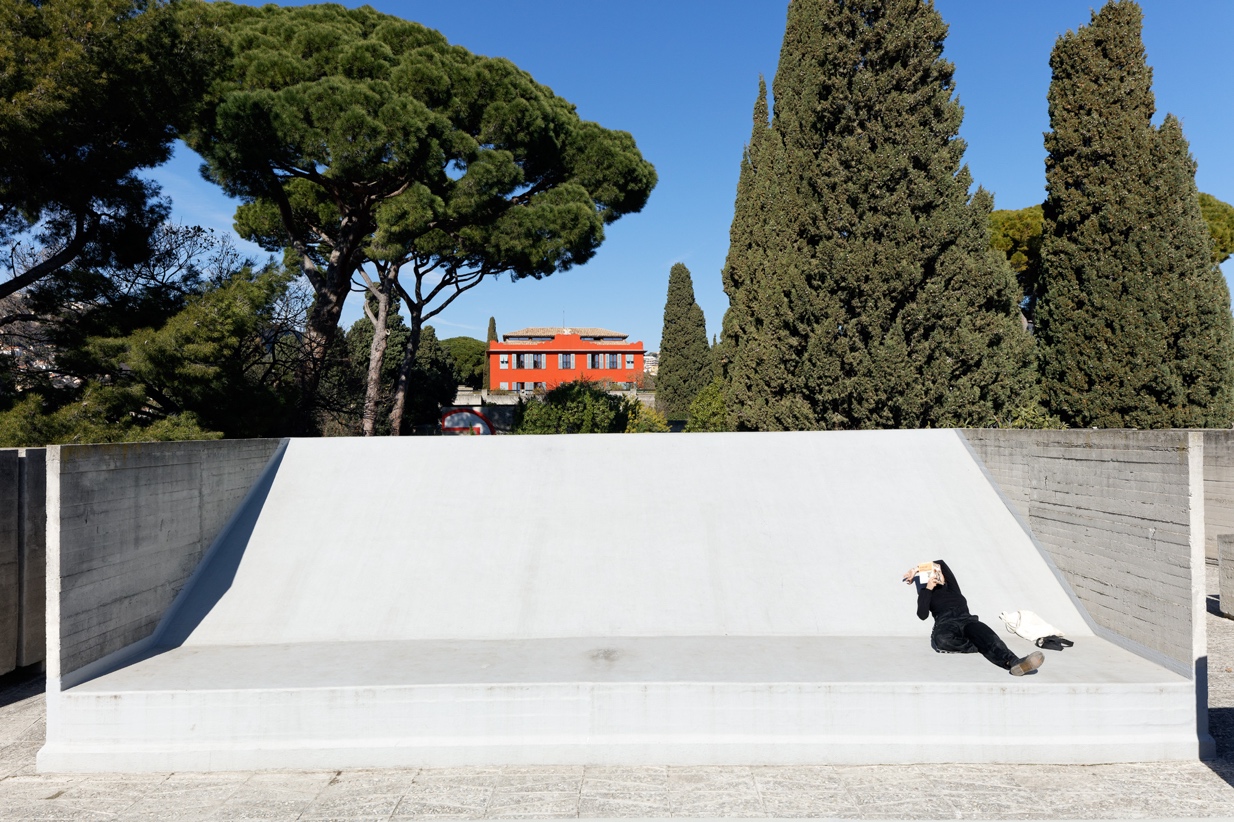
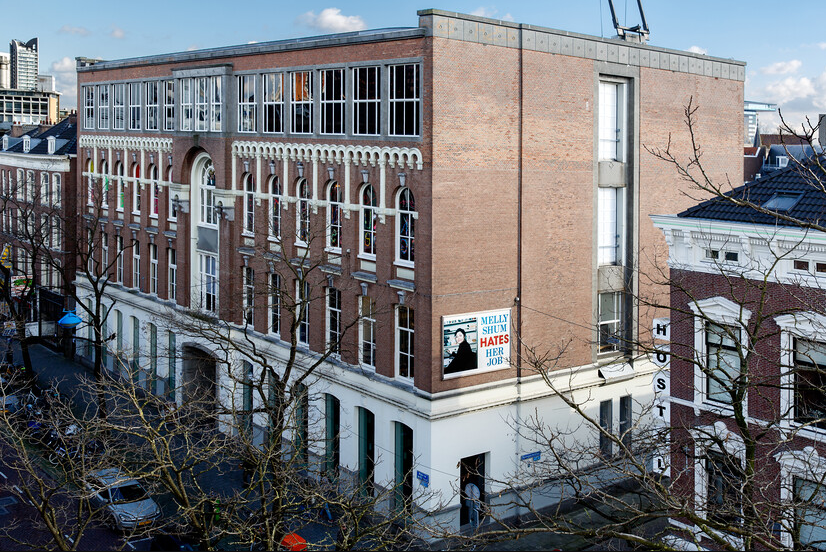

![View of the sculpture of the series Corte Seco [Dry cut] (2021), by Paulo Nazareth during the 34th Bienal de São Paulo. Commissioned by Fundação Bienal de São Paulo for the 34th Bienal de São Paulo](http://imgs.fbsp.org.br/files/81b3a05327e8559c64fc5cda09f3e1f8.jpg)

